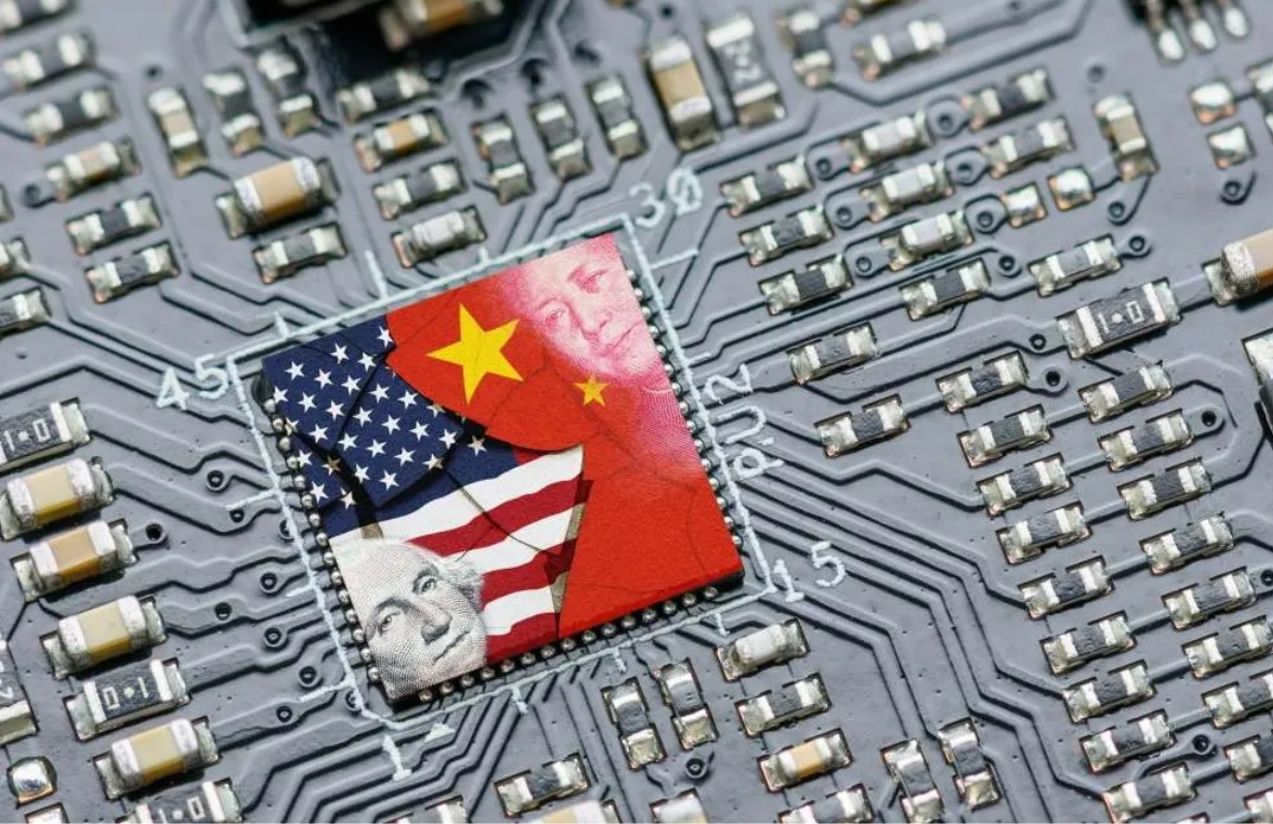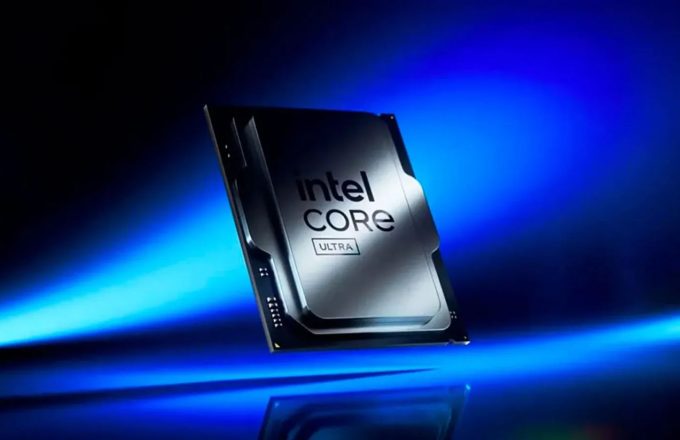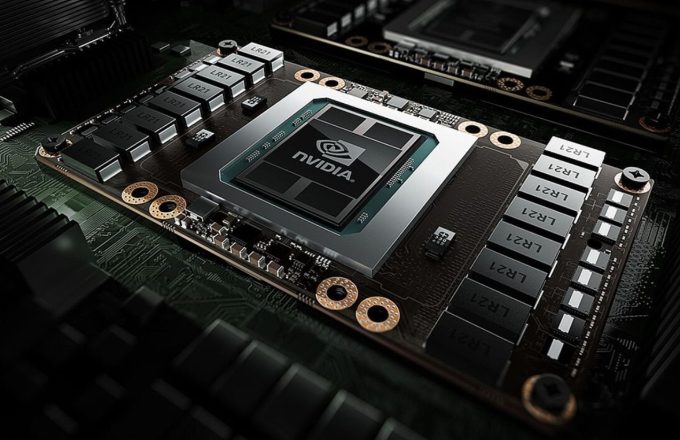In recent years, one of the most hotly debated issues in the global tech industry has been the unequal access to next-generation software and hardware—particularly in countries like China, which face heavy restrictions imposed by the United States. However, Washington’s efforts to curb that access may be producing an unintended consequence: accelerating the technological development of its rivals, even in strategic fields like artificial intelligence (AI).
For some time now, the U.S. has enforced strict limitations on the export of advanced technologies to nations it deems politically misaligned. Both China and Russia have faced multi-level sanctions, with the stated aim of preventing cutting-edge technologies—such as NVIDIA’s AI chips—from falling into potentially hostile hands. Yet recent progress in China’s domestic tech development suggests that these restrictions may be backfiring.
The United States still holds a commanding lead in technology. It is home to many of the world’s largest and most influential tech firms, and it dominates global markets in software and hardware. This dominance has created a reliance among many nations on American-made technologies. In theory, such dependence should make it difficult for sanctioned countries to compete. But China’s recent breakthroughs suggest otherwise.
Several Chinese companies have found ways to bypass these barriers by building their own technologies. Huawei, for instance, has developed its Ascend AI chips, while firms like DeepSeek are also making notable progress. Although the U.S. has maintained tight control over AI-related hardware, China’s ability to advance in AI model development is raising concerns among U.S. officials and experts.
David Sacks, a White House adviser on AI and crypto policy, recently acknowledged the narrowing gap. “China is not years and years behind us in AI models. They may be just three to six months behind. It’s a very tight race,” he said.
In hardware, however, the gap remains more pronounced. U.S. sanctions have blocked China’s access to key technologies like ASML’s advanced lithography machines and the state-of-the-art chip manufacturing processes developed by TSMC. Despite this, Washington’s bigger worry seems to lie elsewhere: that these restrictions could ultimately push China to build a self-sufficient, competitive tech ecosystem.
The key question now is whether these policies, instead of halting China’s rise, are actually helping it cement a dominant position in sectors where the U.S. seeks to retain leadership. One thing is clear: the tech race—especially in artificial intelligence—is far from over.




















